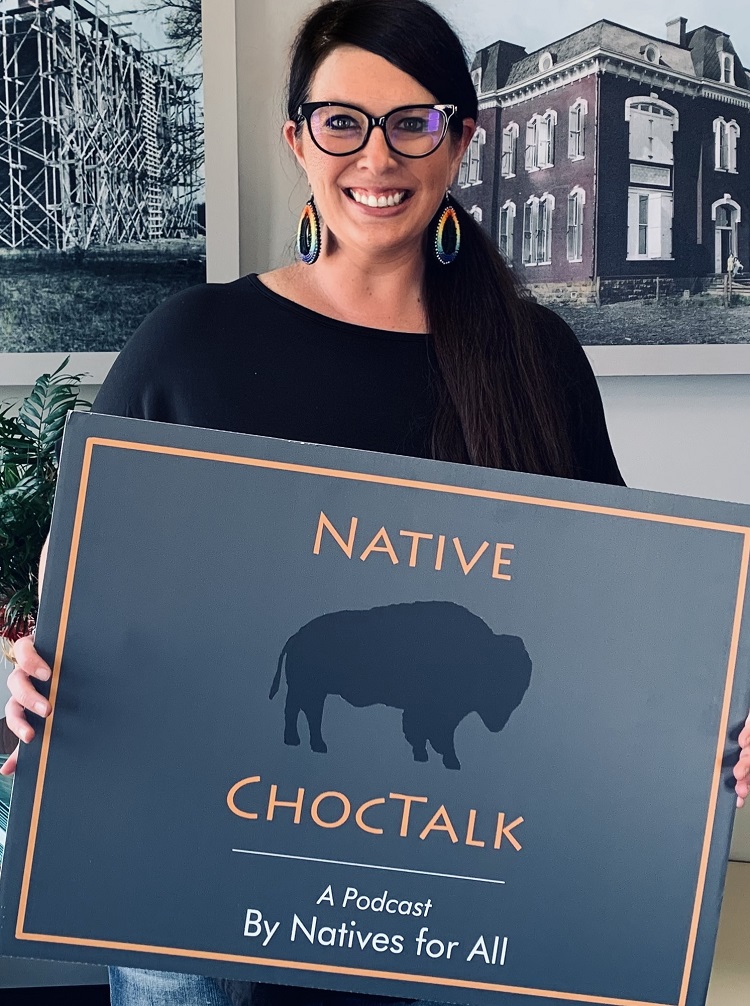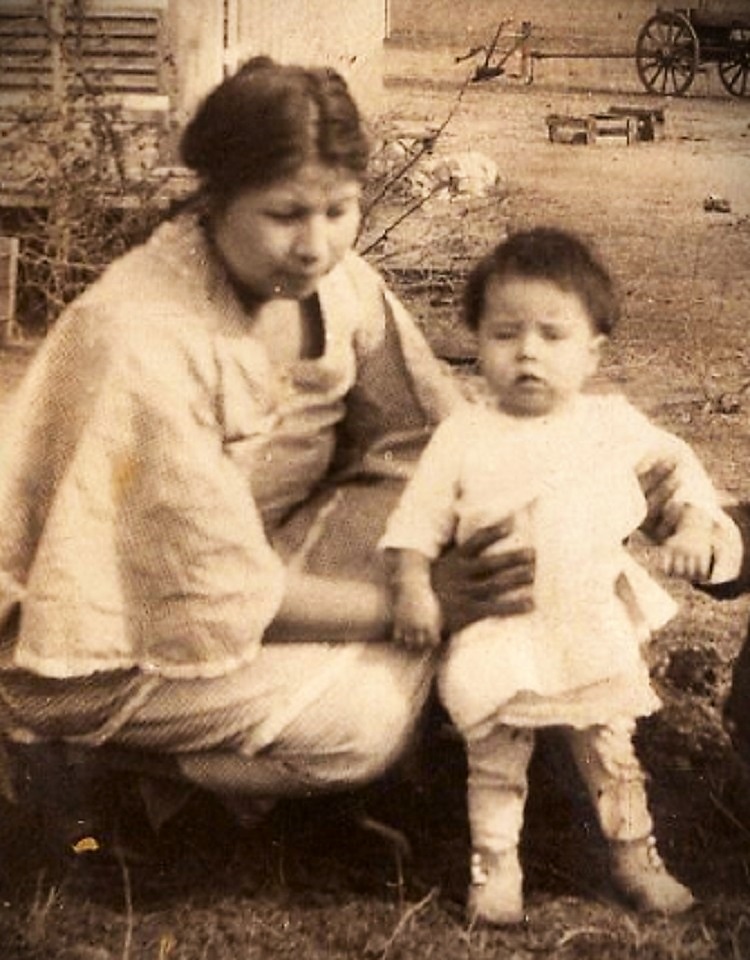Welcome to Native ChocTalk
There are many mysteries out there - many that will never be solved. And some mysteries are so frustrating, they’ll leave a gap in your soul. One of those such puzzles in life is that of we American Indians trying to figure out the stories and history of our ancestors.
When non-Natives are searching for their families of yesteryear, they typically can hop on ancestry.com or other genealogy site and find tree after tree of their ancestors from the 1500s in England, or the records of those landing on Ellis Island or the history of family members migrating from the east coast to the west to search for gold, and so on.
But for us, our ancestors didn’t keep many records – at least, not that we can easily access today. Most of our history is passed down by oral tradition, often disappearing over time with each generation. So centuries of our own stories have never be heard or are incorrectly told by now. We often long to connect in some way with those family members of the past, so that we can understand more about their world and about ourselves…and so they’re never forgotten.
My guest today – Jennifer Story - posed a mystery to me as we were preparing ahead of time for today’s episode. She stated that as many Choctaws from Mississippi were being removed to Indian Territory (on what’s now known as the “Trail of Tears”), she was baffled by the question that kept coming to her mind - why were her Choctaw ancestors removed many years later than the others?
Ironically, a few years back, I had read a paper written by a woman named Deanna Byrd who is a Historical Archeologist. Jennifer’s question triggered a memory from the content of that paper. And even more ironically, Deanna was releasing a documentary around the same time of our recording, filmed by my friend, Mark Williams (you may have heard Mark on the stickball episode, Season 2, Episode 5, Pt 2). Between the time of our preparation and the actual recording, Mark and Deanna had led us to the right information and the mystery had been solved. (Yakoke, friends!)
Listen to today’s episode to hear about this mystery unraveled and solved!
You’ll also learn about:
- A man named Bear Heart
- Some unlikely next-door neighbors
- What Jennifer learned as she cared for her ill brother
- Stories of Jennifer playing a dancer in the movie, “Killers of the Flower Moon” (guess whose famous actress’ shoes Jennifer was given to wear in the movie!)
- How her legendary Aunt Esther single-handedly saved the Tewa language
- Hear what famous actor attended Aunt Esther’s funeral
- Jennifer and I had such a fun time, so you may hear quite a dose of laughter from us Choctaw gals
Native ChocTalk Facebook page: https://www.facebook.com/nativechoctalkpodcast
All Podcast Episodes: https://nativechoctalk.com/podcasts/










